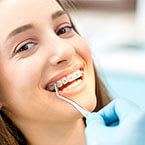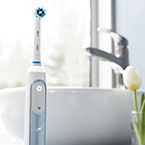Types of Braces
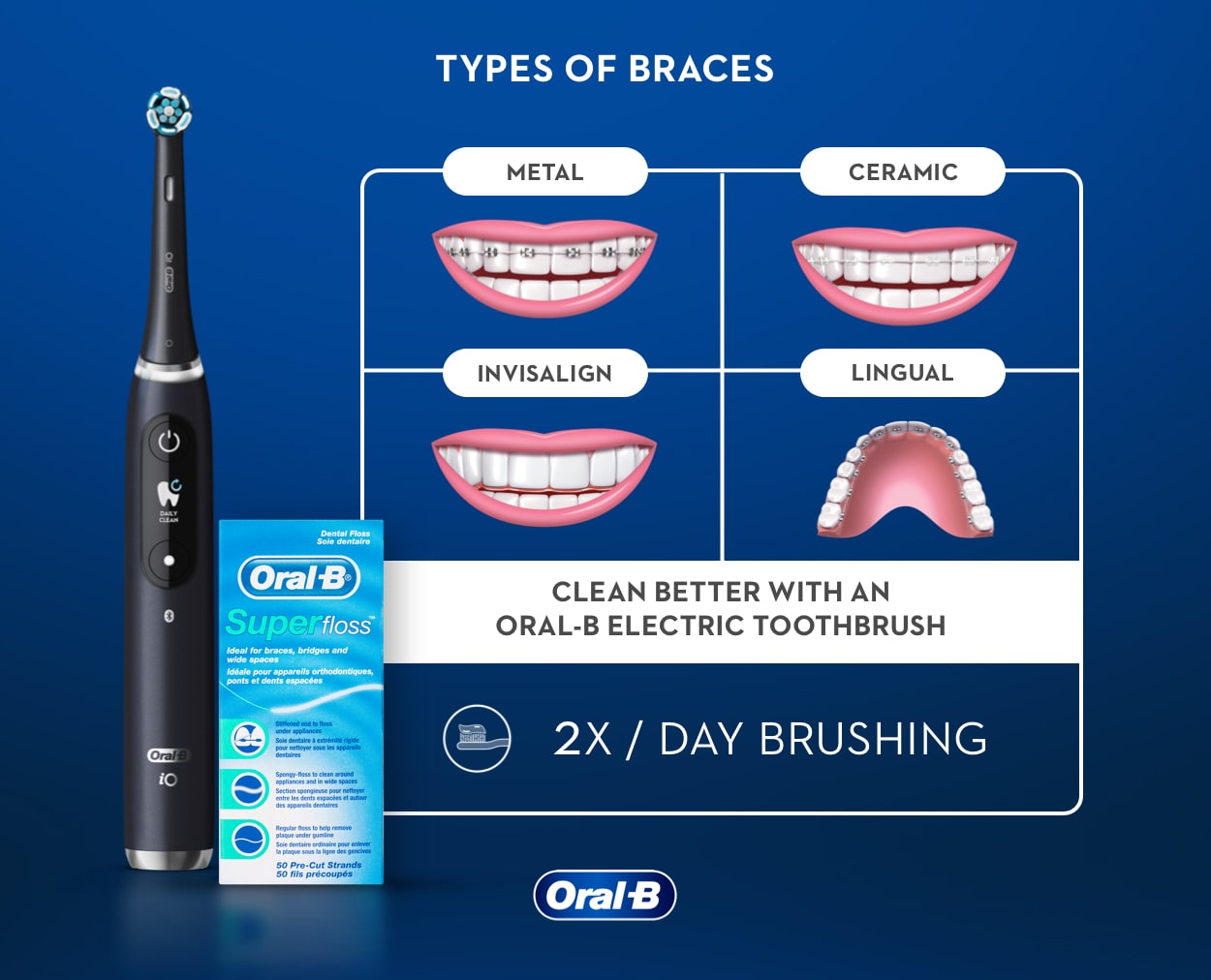
Table of Contents
What are my options?
Today's orthodontics offer more kinds of braces than ever before. Check out your options:
Metal braces/Traditional braces
These are the metal brackets and wires that most people picture when they hear the word "braces." However, modern brackets are smaller and less noticeable than the notorious "metal-mouth" braces that many adults remember. Plus, new heat-activated archwires use your body heat to help teeth move more quickly and less painfully than in the past.
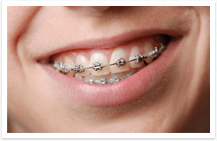
Pros: Least expensive type; colored bands give kids a chance to express themselves
Cons: Most noticeable type of braces
Ceramic Braces
Ceramic braces are the same size and shape as metal braces, except that they have tooth-colored or clear brackets that blend in to teeth. Some even use tooth-colored wires to be even less noticeable.
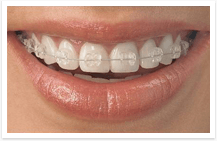
Pros: Less noticeable than metal braces; move teeth much faster than clear plastic aligners (Invisalign)
Cons: More expensive than metal braces; Brackets can stain easily if patients don’t care for them well.
Lingual Braces
Lingual braces are the same as traditional metal braces, except that the brackets and wires are placed on the inside of teeth.
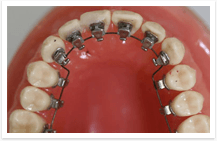
Pros: Invisible from outside
Cons: Difficult to clean; more expensive; not appropriate for severe cases; can be more uncomfortable at first; regular adjustments take longer and are more difficult than with traditional braces. If you’re considering this form of braces, consider switching to the Oral-B iO electric toothbrush—its unique round brush head and micro-vibrations help clean all surfaces of the tooth as you brush with 3D tracking and AI recognition.
Invisalign
Invisalign consists of a series of 18 to 30 custom-made, mouth guard-like clear plastic aligners. The aligners are removable and are replaced every 2 weeks.
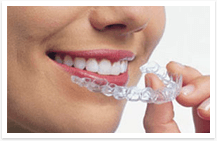
Pros: Almost invisible; Patients can eat and drink whatever they want
Cons: Will not work for serious dental problems; only available for adults and teens, not children; more expensive option; can be easily lost and costly to replace; treatment may potentially take longer.
No matter which type of braces you go with, be sure to pay extra attention to your oral hygiene. Braces with wires and brackets leave teeth more vulnerable to trapped plaque and food debris, which may cause staining and possibly tooth decay. An electric toothbrush can help— the Oral-B iO features micro-vibrating bristles on a dentist-inspired round brush head to better clean tooth-by-tooth.
Another option to help keep teeth and gums clean and healthy while wearing braces is an electric toothbrush quipped with specialized brush heads like Oral-B Power Tip Brush Heads which can help remove more plaque from in-between teeth and tight spaces such as brackets and wires. And, don’t forget the floss! Oral-B Super Floss is uniquely designed to clean braces, bridges, and gaps between teeth.
With a proper oral care routine, you can reveal a straighter, healthy smile once it’s time for your braces to come off.
Table of Contents
- What are my options?
- Metal braces/Traditional braces
- Ceramic Braces
- Lingual Braces
- Invisalign
-
- Related Articles

Sign Up
for expert advice and exclusive offers

Sign Up
for expert advice and exclusive offers

